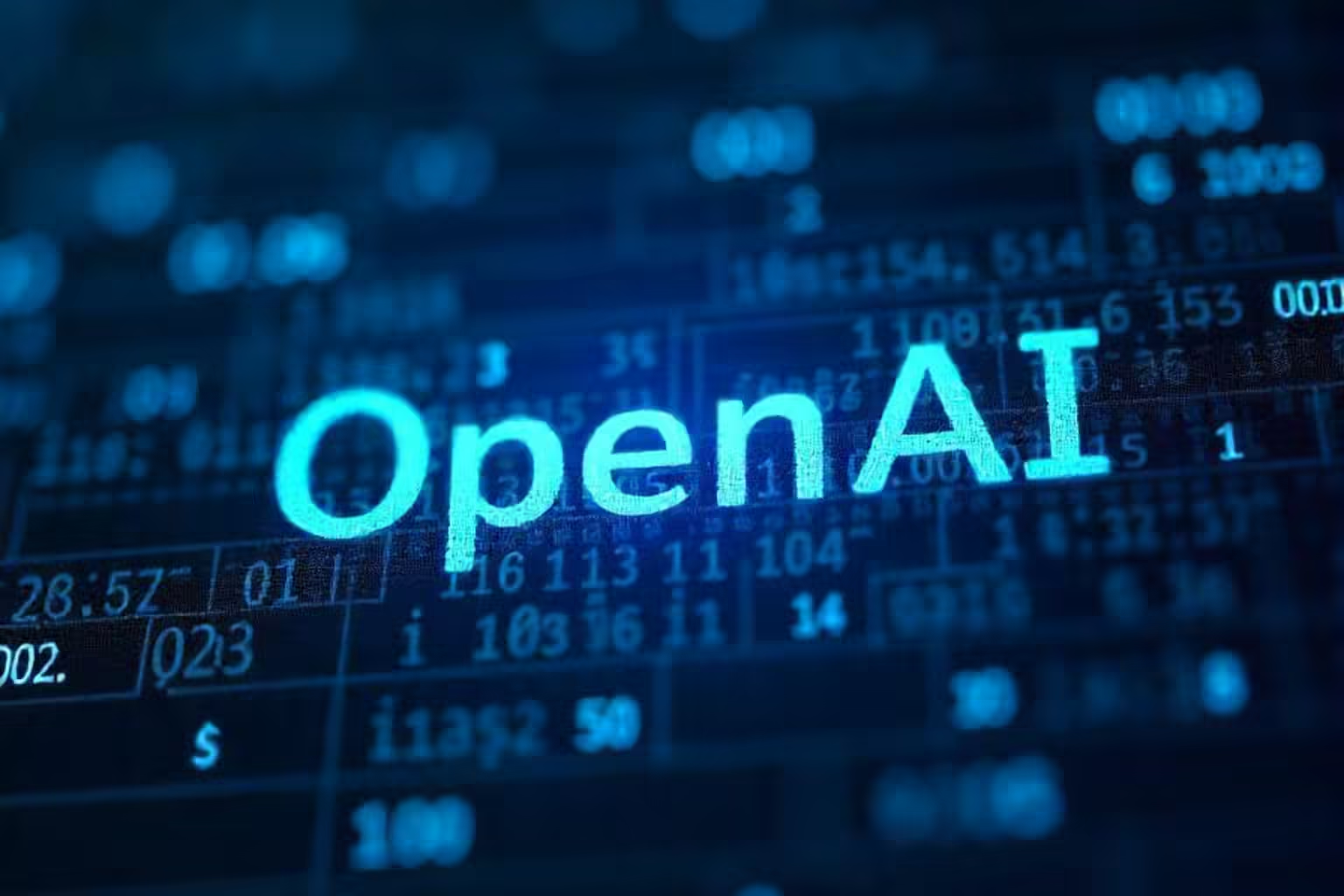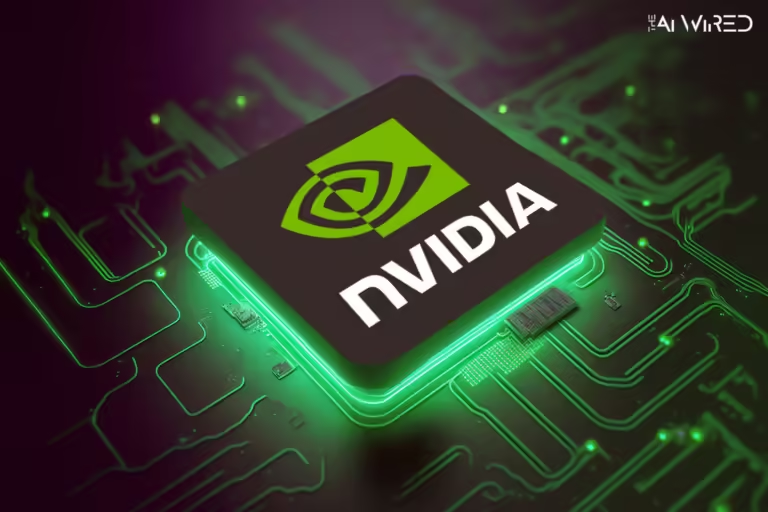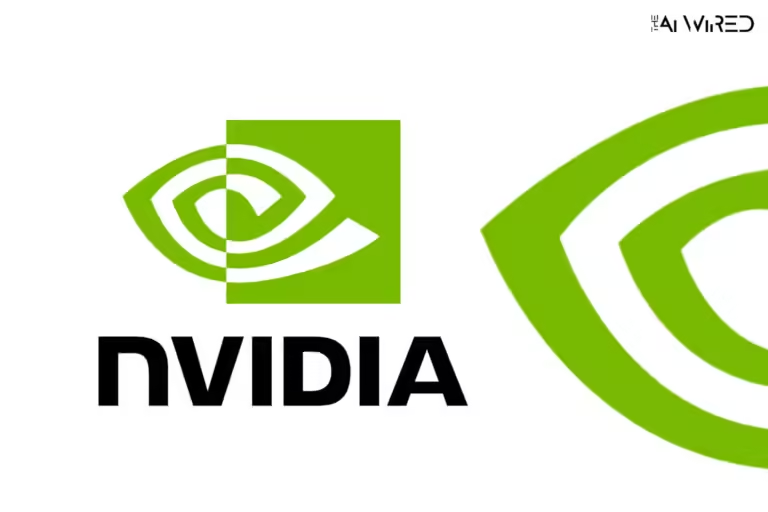
OpenAI Explores New Approach to Smarter AI as Scaling Faces Challenges
OpenAI moves from scaling to better AI methods with the o1 model intending to bypass current AI challenges and revolutionize the sector.
As efforts to make AI models bigger and bigger run into problems, businesses like OpenAI are rethinking their strategy and focusing on better, more efficient methods that could shape the future of AI. With OpenAI’s new model, called “o1,” there is a move toward “thinking” algorithms that are meant to mimic human-like reasoning as an option to always make things bigger.
Scaling up large language models (LLMs) by giving them more data and more computing power was the main way that AI researchers did their work for years. This method made a lot of progress and made tools like OpenAI’s ChatGPT famous all over the world. However, new research shows that this “bigger is better” method isn’t working as well as it used to. Ilya Sutskever, one of the founders of Safe Superintelligence (SSI) and a co-founder of OpenAI, recently admitted that large-scale pre-training attempts have stopped moving forward. “The 2010s were the growth era.” “Now we’re back in an era of discovery,” Sutskever said, indicating a major change in how AI is developed.
New Techniques in AI Development
AI researchers are looking into new ways, like “test-time compute,” to get around the problems with traditional scaling. This method improves models when they are being used to solve problems, which is called “inference.” Instead of giving a single answer right away, these models come up with and weigh several options in real-time, making decisions like a person would to find the best solution. This method was added by OpenAI to the “o1” model, which came out earlier this year. An OpenAI researcher named Noam Brown says that test-time computing lets the model use more of its processing power for difficult jobs like coding and math calculations. Brown said, “Thinking about a poker game for just 20 seconds had the same effect as making the model 100,000 times bigger.”
Competitive Push from Leading AI Firms
OpenAI was the first to use test-time computation with its o1 model. Other AI labs, such as Anthropic, xAI, and Google DeepMind, are said to be working on similar methods. “There’s a lot of easy stuff we can do to make these models better quickly,” OpenAI’s Chief Product Officer Kevin Weil said at a recent tech gathering. Sequoia Capital and Andreessen Horowitz are two big investors who are keeping a close eye on the change in competition because they think it could have an effect on the AI tech market.
Potential Impact on the AI Hardware Market
This new strategy may not enable Nvidia to dominate the AI chip market as it is presently doing. While now GPUs from Nvidia have become necessary for large-scale training, more attention paid to inference features might make cloud-based inference servers more competitive. The trend to bring it was highlighted by Jensen Huang, Nvidia’s CEO This is because their new AI chips that offer optimal AI performance in concrete use cases, for inference applications as mentioned above, are perfect for this demand.
Current and future leading AI firms such as OpenAI, Anthropic, and DeepMind no longer seek to scale. Rather, they are devising “better” algorithms, those that will perform perfectly well even when the computing power is not infinite. This new method could revolutionize the very workings of the AI business as it seeks to strike the right balance between power and size.


